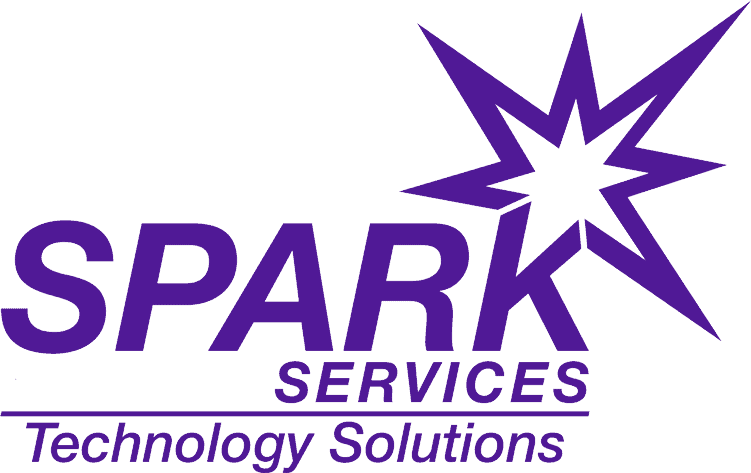AI is going to be doing most of the work in the very near future. So, what is a next-generation network? As per the definition provided by Wikipedia, a next-generation network may be called to be one wherein all or part of the internal communications are transported by individual IP packets.
IP centric data transfers have been in vogue for some time now. Primarily used for voice, imagery, video, and other media for decades. So how and what sets the recent innovations apart from the already existing ones? In order to help you understand what constitutes next-generation networking innovations, we’ve curated this list. The following is a list of seven such innovations that will drastically change the course of businesses:
Airborne Networks or Temporospatial SDN
How do we have internet access while flying? The answer is fixed transmission stations which are based on the ground. Google is working on a technology to make it airborne and more reliable. The said technology is anticipated to gauge the change in location of the network stations along with the course of the flight.
Fastpass
The researchers at MIT have been working on what they refer to as the Fastpass. This technology uses devices to make packet routing a much faster process. Thus, ensuring that it is a more reliable networking space since backup arbiters will be available at all times if one of the arbiters is down, crashes, or overloads.
Auto Charge
All of us struggle with ensuring that our devices are charged from time to time. Mostly, even the best of us are left with no charge in our devices despite being extremely careful. The only way one may charge a device is by plugging it to a power source. This has now been challenged by Microsoft. Microsoft is changing the manner in which we charge our devices with “Autocharge”. The device is purported to use light beams and all one has to do to charge a device is to keep it in a well-lit area. One can assume how simple and sustainable life would be with such a device!
LoRa
The LoRaWAN is a technology that allows for devices using low power capacity to connect to wireless networks. The same works even in broad geographical areas. The approach is being developed by LoRA Alliance.
MAMMOET
This is a project by the European Commission that aims to make data transfers via mobile phones much more efficient. The project envisions to make use of a couple hundred antennas instead of just one antenna each on cell towers. They also assure that this will be a cost-effective option and will enable a greater number of devices to exchange information contrary to the existing at one time.
Optical Wireless Networks
It is common knowledge that optical wireless networks have been in vogue since the early 2000s. As useful as they have been, they do have two major shortcomings. Firstly, these are that the RF spectrum in such Networks has limited scope, which means that the network will most likely suffer from interference that will inadvertently suffer from disruptions in the wireless connectivity. The second drawback is that the data transfer speeds on these RF spectra is hugely limited. This results in why the same is slower than using an Ethernet Link. To combat these shortcomings, the University of Nevada-Reno has developed Optical Wireless Networks which use light waves rather than radio waves. Thus, revolutionizing the entire set-up and making a much more reliable means of delivering data and communicating.
Socially aware IoT
A research project called SOCIOTAL is developing and working upon Socially aware IOT or Internet of Things. It helps IOT networks to remain open and interoperable and the same will ensure connectivity using open standards.
SPARK Services ensures that our customers have the best solutions. We integrate modern technology with the best available contemporary means. For us, our clients and their needs are of utmost concern. Contact us today to talk to our team regarding any of your IT needs!




